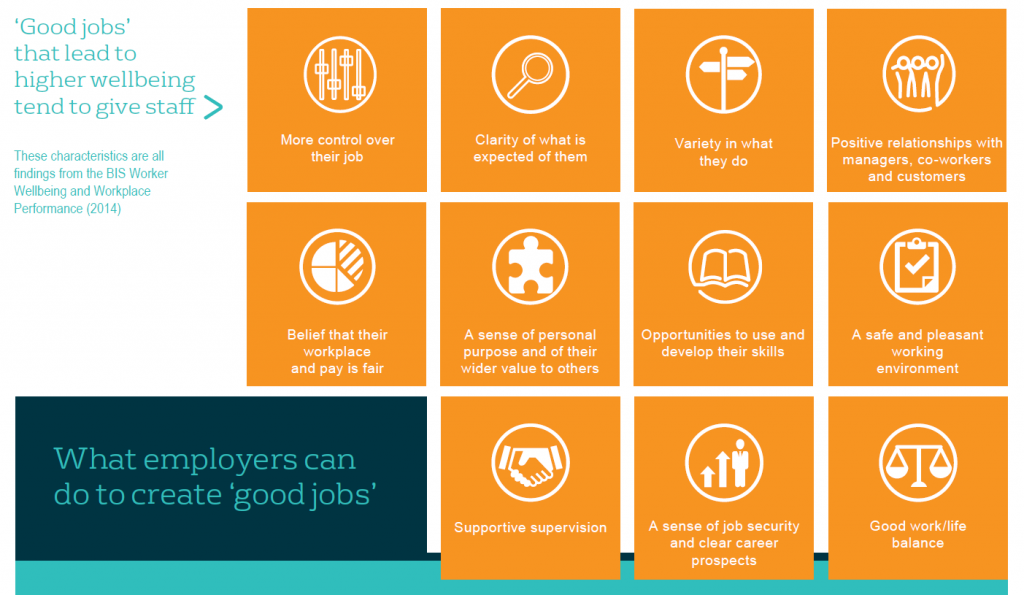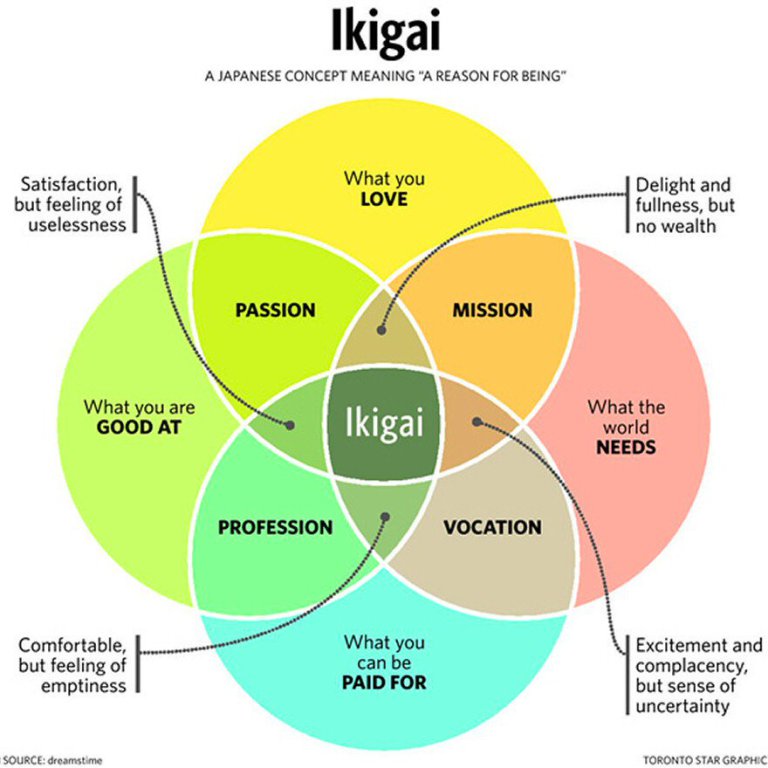This Sunday – 30 September 2018 – marks the fifth anniversary of For A State of Happiness.
On 30 September 2013, I quietly set my first step outside my door, into the wide world of blogging about happiness. As I then wrote, the blog is a travel journal, recording impressions and findings about what makes people, countries, and workplaces happier.
My journey so far
My journey has brought me to wonderful places. It has brought me to conferences in Bhutan, Mexico and Turkey and to visit the Happiness Research Institute in Copenhagen. It allowed me to do book reviews, give workshops, and talk on radio shows. I’ve had the chance to speak to researchers, journalists and inspirational speakers. I got to research pizza robots and the benefits of high taxes, to ponder about money and art. I even (after a few drinks) spoke to women about happiness during my very own bachelor party (no, there is no blog post about that…).
Happiness is easy, and it is not
My perspective on happiness hasn’t changed massively since my explorations began. Like I did then, I believe happiness often arises from small things in life: pleasant interactions with close friends or family, enjoying a home-made curry or a shared cup of coffee, being astounded by the beauty of a new landscape, or made to think by a piece of art. The art of life is to take notice of the happy moments we experience. Happiness is surprisingly easy.
I still believe we often act against our happiness, even wittingly doing so. We fail to step back in the face of stress. We allow modern technology to encroach on our use of time and attention. We stick to habits that bring about neither ephemeral happiness today nor strengthen our quality of life tomorrow. Happiness is surprisingly difficult.
Why I do what I do
When asked why I am writing this blog, there are generally two types of answers I give, depending on the occasion. Sometimes I say that I write about happiness because I learnt everything that is important in school, with the exception of how to be happy (fortunately, nowadays there are more and more educators that ‘teach’ happiness). And as happiness remains mysterious enough, I’ve reason enough to keep going.
The other answer is that I wanted to write a book about happiness, but figured a blog would be simpler. If you regularly write blog posts for a few years, all you basically have to do is bundle and print them, and you kind of have a book. Evidently it isn’t as easy as that, but there’s a lot of material here and in my head that would make a fine book. Sometimes an unfulfilled dream pushes you forward.
Both answers still apply as much today as they have over the last years. Today, they give an answer to the question “why do you do what you do?”, and hence the journey will go on. I am enjoying every step in the pursuit of happiness.
And I hope, dear reader, that you are enjoying the journey with me. Happy anniversary to you, too!





